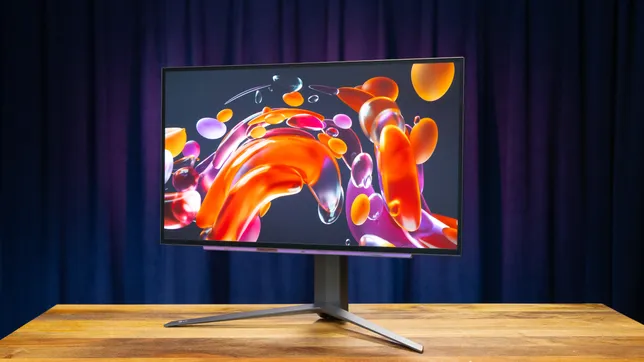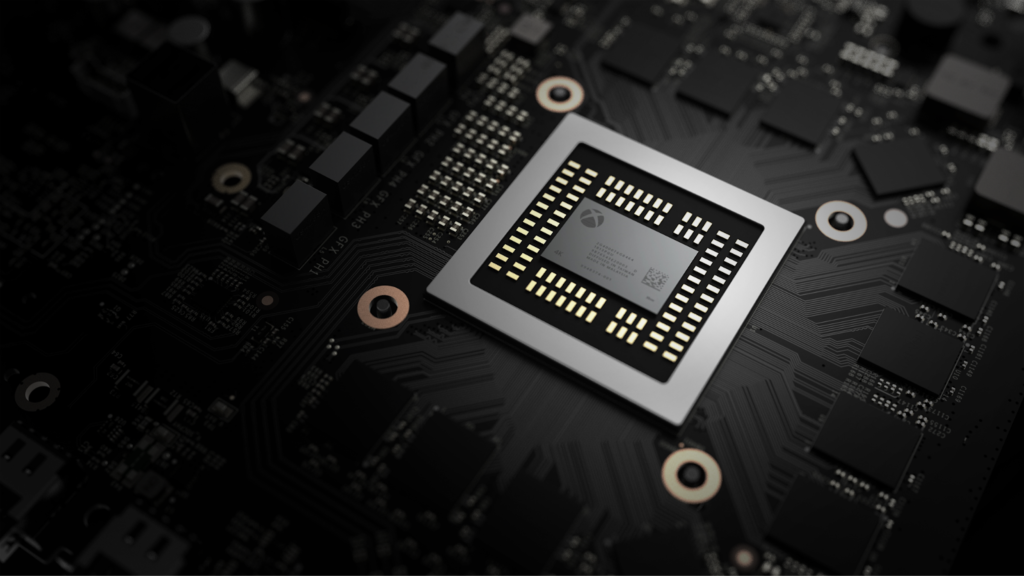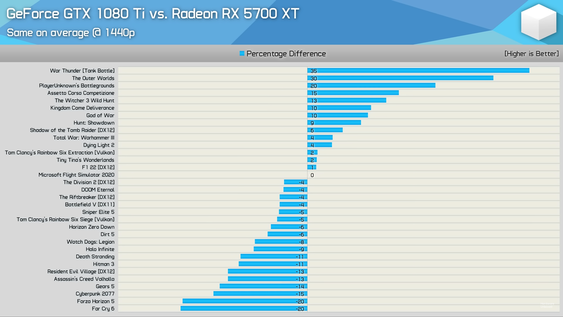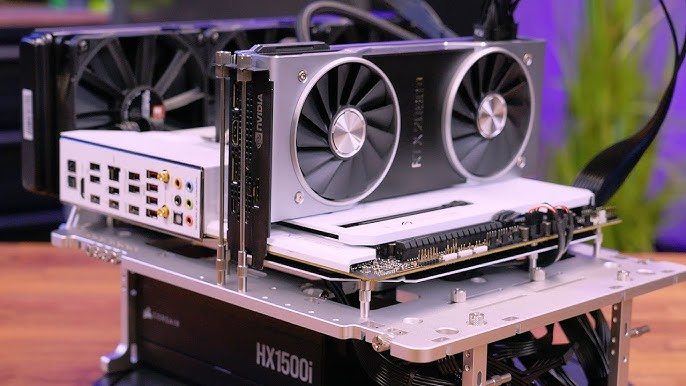500Hz Monitors: Who’s buying them?
When it comes to monitor refresh rates, higher is undoubtedly better. But, complementing this idea is a trend of diminishing return, where the benefits of higher refresh rates start to become less impactful.
“Frametime” refers to amount of time it takes for a screen to refresh its display once. There’s an inverse relationship between frametime and refresh rate; as the refresh rate increases, the frametime decreases. More precisely, we can use the function f = 1000 ms / x Hz to model the frametime (in milliseconds) based off the refresh rate (in Hertz).

Notice that while upgrading from a 60Hz to 144Hz results in a frametime improvement of 9.73ms, a further leap from 144Hz to 240Hz offers a lesser impact of only 2.77ms. This is the reasoning behind why humans perceive the transition from 144Hz to 240Hz as less noticeable than that of 60Hz to 144Hz. And as we continue to increase the refresh rate, this trend of diminishing return only becomes more significant; the difference that consumers will perceive decreases as they upgrade their display further.
Standing at the highest end of today’s monitor market are 500Hz displays. So the question raises: with a benefit so seemingly insignificant, who exactly is the target audience for these monitors?
Well, while diminishing return is unavoidable, the degree to which consumers will notice improvement can vary. Picture two very different activities: typing on a document and playing a first-person shooter. When a user is typing, only a small portion of their monitor screen will update at a time. On the other hand, while playing a first-person shooter, nearly the entire screen is in constant motion and updates rapidly, effectively causing more disparity between separate frames. For this very reason, users who perform activities that demand a significantly and dynamically updating screen will benefit the most from a 500Hz monitor.
(Most frames do not significantly change) (source: TrevorTrac)
(Most frames do significantly change) (Source: MP1st)
Additionally, fully utilizing a 500Hz monitor requires a video game to consistently run at or above 500fps(frames per second). And running these applications at such high framerates requires a higher-end system.
Furthermore, even the most powerful hardware can only run a handful of games above the 500fps threshold. Most titles that consumers play are recent releases; developers intended these games to run at 60fps on upper-middle level consumer hardware. Despite this, there are a few exceptions that can run at 500fps with reasonable settings. Video games such as Valorant, Minecraft, and older first-person shooters are among the select few which can fully utilize a 500Hz monitor.
The improvement from 360Hz to 500Hz is not nearly as significant as past generational leaps. But there still exists a niche userbase for whom 500Hz monitors tangibly benefit: users whose games 1) frequently and significantly update most of their screen and 2) can consistently run at or above 500fps on their system.






